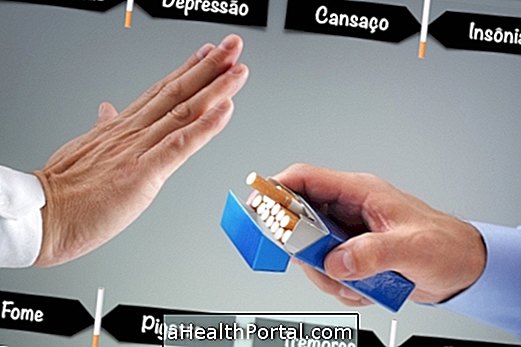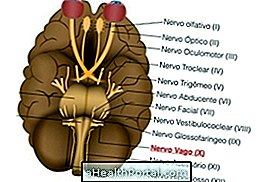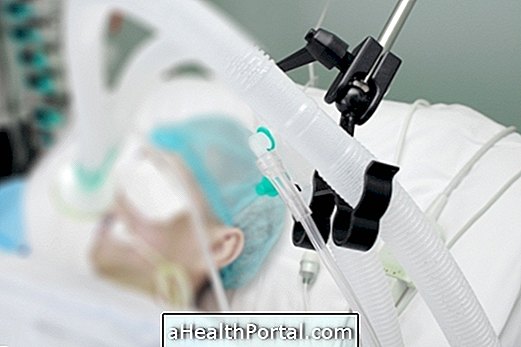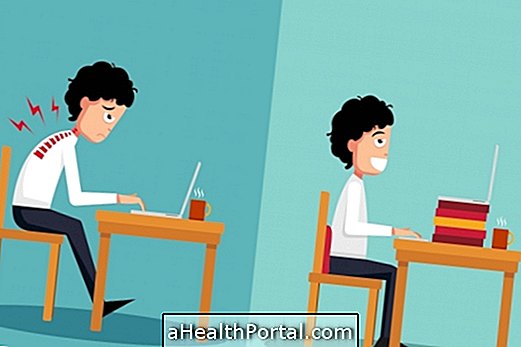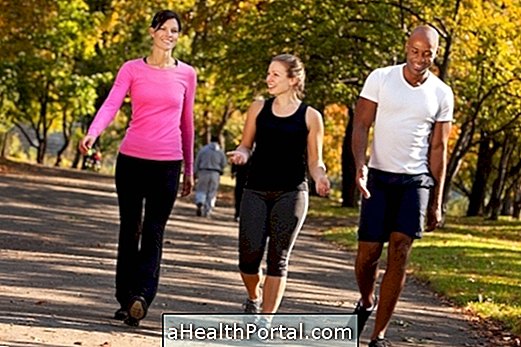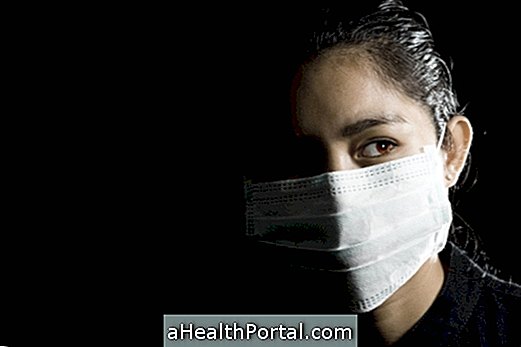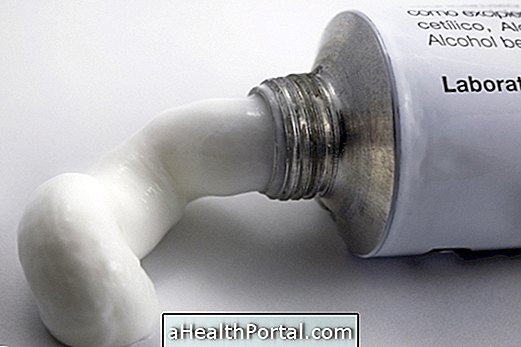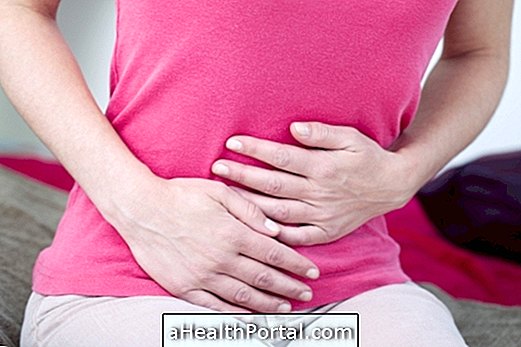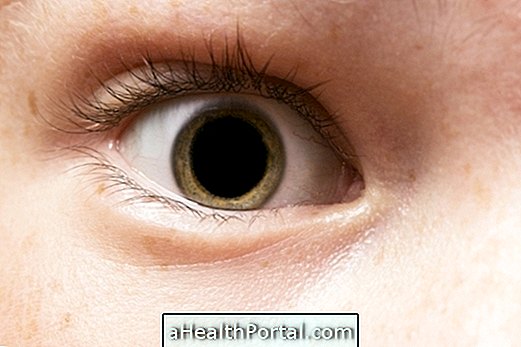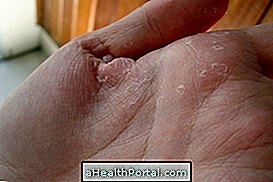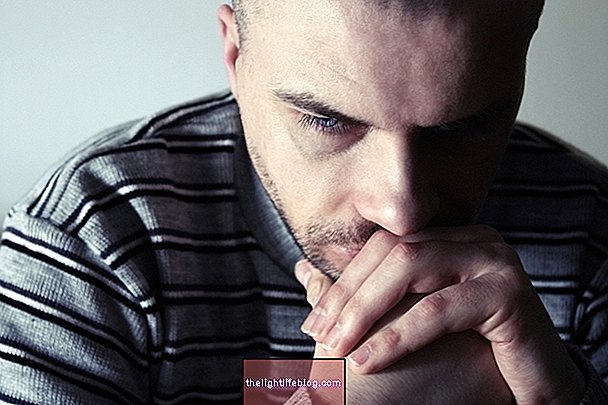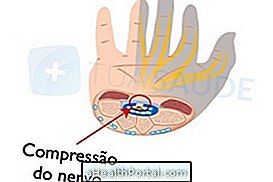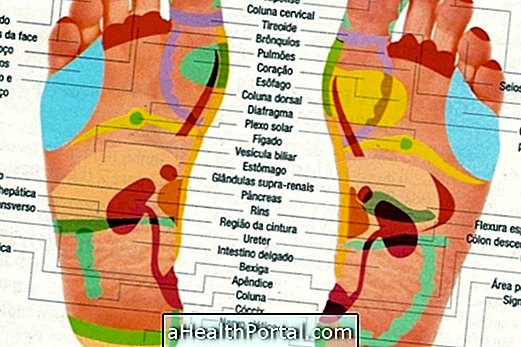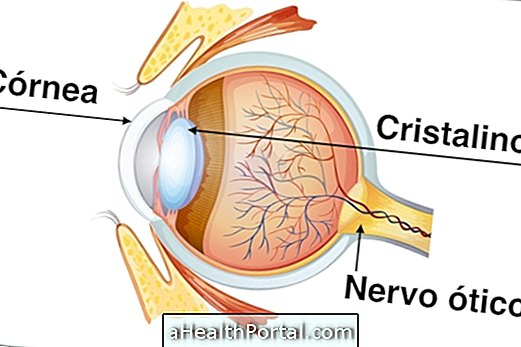Sudden changes in temperature adversely affect the human body increasing the risk of respiratory diseases such as rhinitis, influenza, bronchitis and pneumonia. These diseases can arise because despite low ambient temperatures, the body needs to expend more energy to stay properly warmed up, thereby reducing its natural defenses.
With so much effort to maintain body temperature near 36 ° C the production of white blood cells decreases and the person is more likely to be infected with viruses and bacteria that can proliferate freely in the human body. To aggravate the situation, indoor and low-light environments or air circulation, increases the proliferation of viruses and bacteria in the environment, thus making a disease-prone setting.
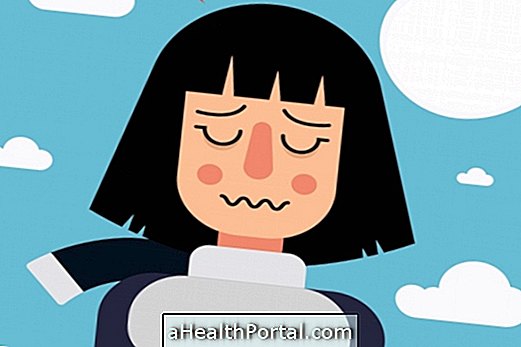
In addition to respiratory diseases, cold weather also affects blood pressure and is particularly severe in people who suffer from high blood pressure or heart disease because blood becomes thicker and it takes more effort from the heart to pump the same amount of blood.
Therefore, in case of hypertension it is very important to check blood pressure weekly, take the medicines indicated by the cardiologist every day, in the right dose and respect the nutrition indicated by the nutritionist, avoiding salt and foods rich in fat and sugar.
Learn to recognize the first symptoms of a heart attack.
Because we feel cold and what happens to our bodies in the winter
With low temperatures the body needs more energy to protect itself, avoiding hypothermia, and so when we feel cold, we can beat our teeth, get the hair shivering. In addition, the risk of respiratory diseases increases as well as of high blood pressure and heart attack. Other changes that become present include:
- We have more sleep, because melatonin is stimulated by the darkest and cloudy days;
- We will be more hungry, so that more calories in the form of fat are accumulated to protect the body;
- We pee during the day and at night, because we perspire less;
- The skin and hair become dry because hot bath water removes the natural oil from the skin and hair;
- Bad temper appears because people find themselves less comfortable;
- Sexual intercourse decreases because it can be uncomfortable to have intercourse in the cold with cold feet and hands and it is also more difficult to get aroused by the viscosity of the blood.
In addition, we also get the tip of the nose, hands and feet usually get cold because the blood circulation chooses to stay more focused on the main organ of the body, heart, brain and kidneys, so that there is no lack of energy for its proper functioning. But in some cases this can be an allergic reaction to cold, know what the symptoms are and how cold allergy treatment is.
What to do to combat the cold

The best way to combat the cold is to dress properly and so it is important to wear long-sleeved sweaters, pants, socks and closed shoes, and a good coat to warm the body. When temperatures are much lower than normal, and you need to be outdoors, it may also be helpful to wear a hat, scarf or scarf and gloves to protect the ends of the body.
In addition to winter clothing, other strategies to protect yourself from the cold are:
- Avoid drinks and cold meals, preferring warm teas, soups and broths;
- Consuming alcoholic beverages such as red or hot wine helps to warm up, however, it is not advised to drink more than 1 glass of wine per day and those who have difficulty controlling themselves should not even get close to drinks;
- Take a warm bath and put on warm clothes, right after ironing;
- Laying sheets with flannel fabric on the bed, because cotton and satin are naturally colder to the touch;
- Avoid air currents and sudden changes in temperature, but keep at least one window open for air to circulate.
Care not to feel cold is especially suitable for infants, children and elderly people who have thinner skin, and have more difficulty dealing with the cold. However, it is important to know how to balance the right dose to avoid overheating, which is also harmful to your health. If you have a baby, notice if it appears to be sweaty by placing a hand directly on the back of the neck and if these regions are wet, it is advisable to remove a layer of clothing. Here's how to tell if your baby is cold or hot.

